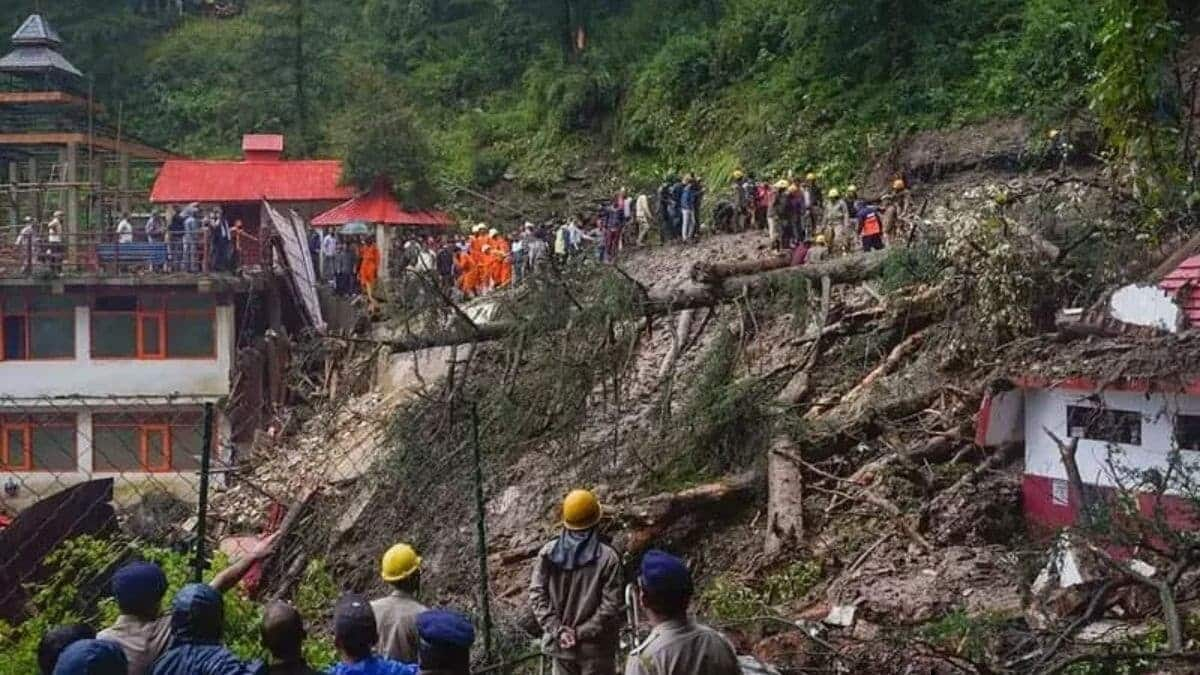
Why hills of Shimla are sinking every year
What's the story
Shimla, a popular tourist destination in India, is facing a significant geological challenge due to its sinking hills. Geologists have linked this phenomenon to an increase in landslides and ground subsidence within the city. They warn that if not addressed promptly, these sinking areas could pose serious risks. The need for efficient surface water management has been emphasized as a potential solution to mitigate these risks.
Geological study
Research highlights geological vulnerability of Shimla's hills
In response to last year's floods in Shimla, a comprehensive survey was initiated by Dr. SS Randhawa, Principal Scientist at the Centre for Climate Change in the Himachal Pradesh government. The research aimed to assess the geological vulnerability of these hills. Based on his team's findings from this study, Randhawa has underscored the necessity for a well-rounded strategy that will shape future urban development in Shimla.
Geological factors
Water seepage and rock strata weakening
Randhawa explained that the rock layers of Shimla's hills are deteriorating annually. This degradation, along with water seepage, is triggering landslides due to excessive load on the hill surface. He further stated that "in areas where the rock strata are fractured or there is homogeneity in lithology, weak zones begin to sink." This situation is particularly severe in certain parts of Shimla like Comly Bank area.
Geological impact
Overburden and fractured rocks exacerbate sinking
In areas such as the MLA Crossing area and Shiv Baori, excessive weight on the rock surface has led to oversaturation of strata, destabilization, and debris slides. At the Advanced Study area, fractured rocks are causing cracks that increase pressure leading to landslides. These fractured rocks allow water to seep into joints during rainfall, a common occurrence in mountainous regions like Shimla.
Mitigation strategy
Surface water management likely solution
To counter these risks, Randhawa suggests systematic surface water management to prevent subsurface areas from remaining moist throughout the year. He emphasized the need for "controlling surface water in an organized way and channeling it properly to ensure that subsurface areas do not stay moisturized continuously, especially during monsoons." This strategy could help reduce the risk of landslides in Shimla's sinking hills.
Population pressure
Shimla's population strain exacerbates geological challenges
The geological challenges in Shimla are further exacerbated by the city's growing population. Originally designed to accommodate 30,000 residents, Shimla now houses 300,000 people and welcomes five million visitors each year. This significant increase in population and tourism has put additional pressure on the city's infrastructure and environment, contributing to its geological issues.